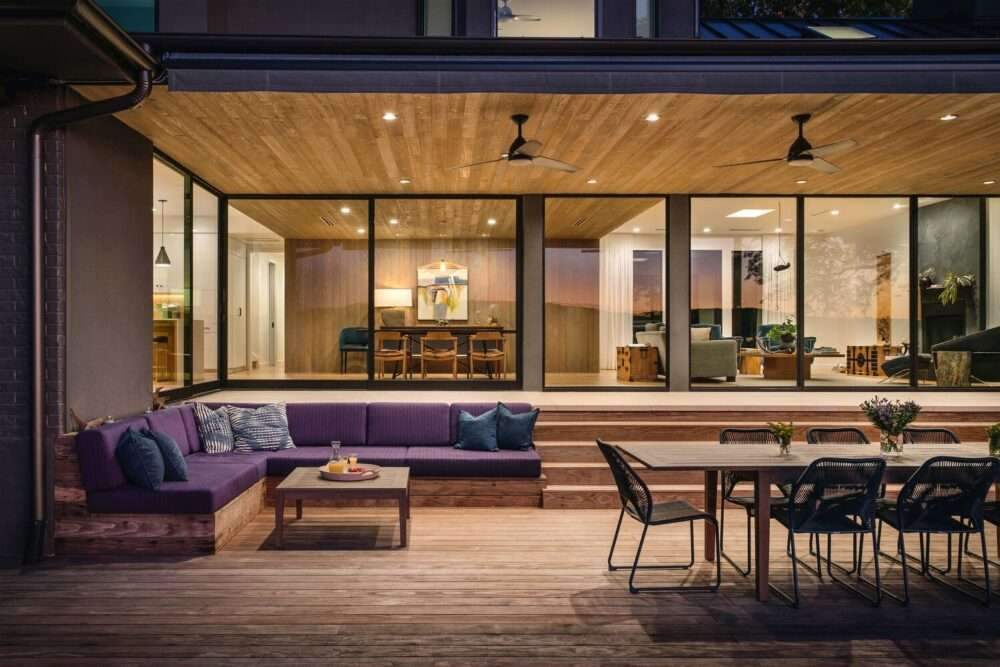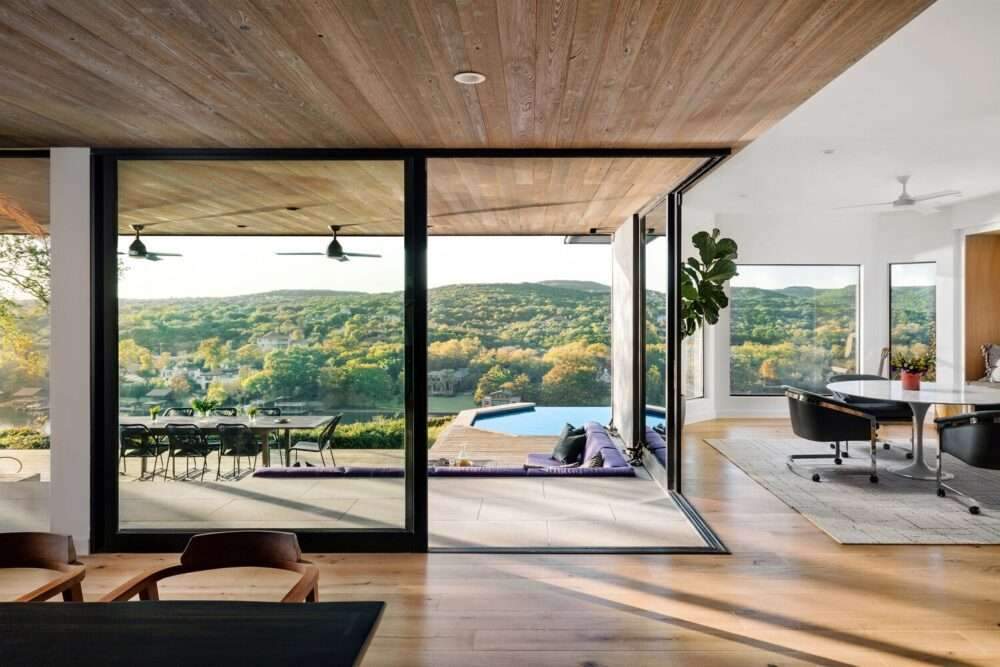The world’s oldest stained glass window (still standing) is traditionally believed to be in Augsburg Cathedral in the German state of Bavaria.
Humankind has been working with glass, and while today we have thin frames with frosted panels and a variety of properties,
We had to come a long way to get here.
In this article we will tell you a little about the evolution of glass windows,
the technologies and possibilities that we have today.

From natural glass to churches
During prehistoric times, naturally produced glass, such as obsidian,
was used for tool tips, weapons, and even as currency.
It is estimated that the first manufactured glass dates back to 3500 BC in the Mesopotamian region,
and was manufactured through a rather slow and complex process.
It was then modernized by Syrian artisans who introduced the blown glass technique,
making it faster, easier and cheaper.

The Roman civilization, which learned this manufacturing technique, mastered these methods and by the first century AD,
Glass improved as a material and was manufactured on a larger scale.
It was around this time that the first glass windows began to appear,
allowing some natural light to pass into the interior.
In the fourth century, stained glass windows – made up of several stained glass panes – began to be incorporated into churches.

Successive inventions and improvements
The invention that increased the possibility of windows was made in 1674,
which made it possible to manufacture larger panes of glass.
It was called crown glass, made by blowing a large glass ball, then cutting and flattening it.
The result was still an opaque glass, consisting of several circular panes.
As early as 1834 the method of making roller glass was developed in Germany.
But it was the development of the float glass method, which is the industry standard today, that allowed for larger panes.

The molten glass process involves pouring molten glass into a layer of molten metal (usually tin),
It is then slowly cooled to form a smooth, flat surface on both sides.
The glass is then cut to the desired size and shape.
One of the main advantages of float glass is that it can be produced in large sheets of several metres.
This makes it more efficient in production and also reduces the need for cutting and grinding glass.

Evolution and possibilities of window frames
Alongside these developments was the evolution of tires, which eventually became just as important.
At first, they were made of small squares of wood or iron, and today the possibilities are endless.
Both aesthetically and functionally, it adapts to the most demanding needs of energy efficiency and sealing.
Made of aluminum, PVC, fiberglass and other modern materials,
it allows large and heavy panes of glass (often double and triple),
With high fidelity and lightweight operating systems.
The dimensions of the openings have always depended on the prevailing technology and available budget.
Today, however, floor-to-ceiling glass and tempered frames are becoming more affordable,
creating a greater dialogue between indoors and outdoors.
Other than structuring the large panes of glass, another technological achievement was the ability to move them safely and easily.

Sliding systems – also called movable glass walls – allow the connection between indoors and outdoors to be blurred beyond the purely visual image,
This expands living spaces and allows occupants to connect with nature.
The glass industry works around the clock to develop new products
and improve the quality of spaces by combining robust and practical glass manufacturing techniques with framing technologies.
As Le Corbusier once said, “The history of architecture is also the history of windows.”
Because they provide our connection to the outside environment while we are safe and protected,
as well as allowing sunlight and ventilation to enter our inner spaces.
For more architectural news


 العربية
العربية